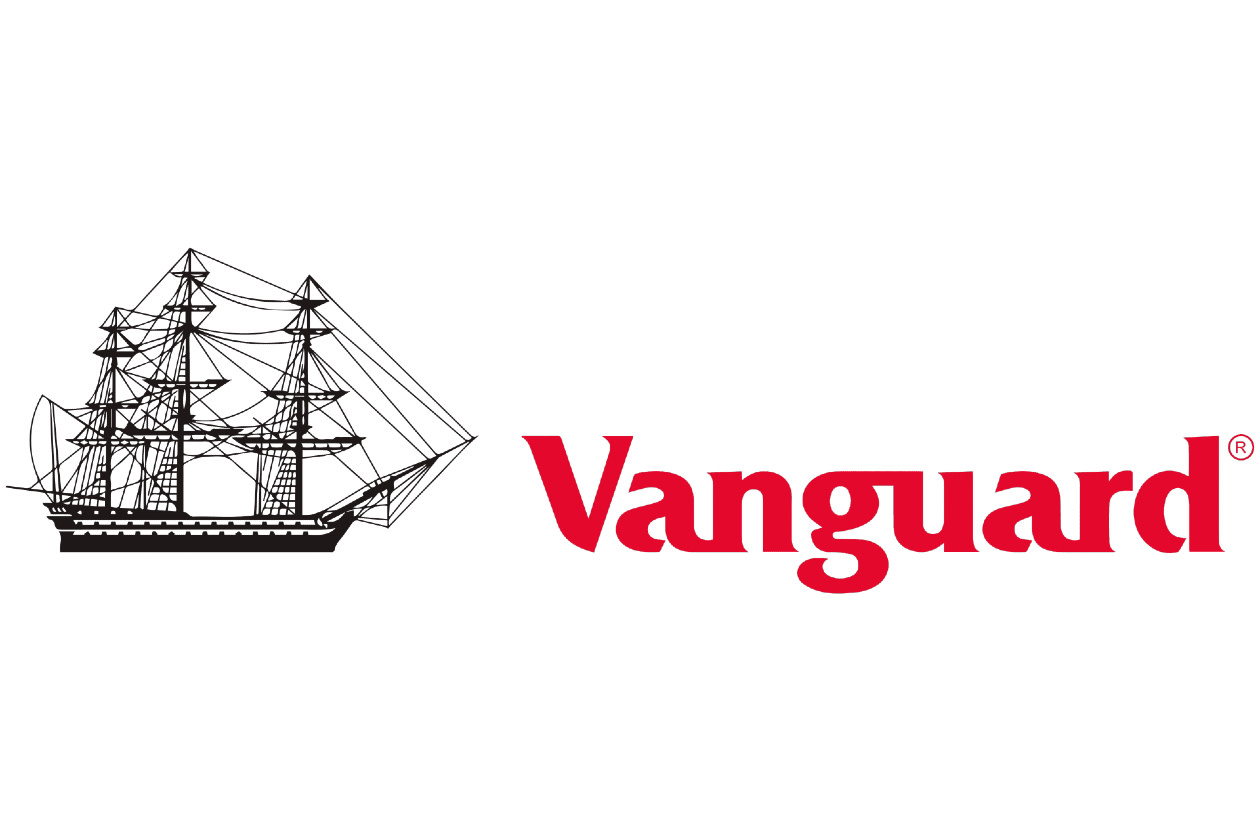Vanguard is a pioneer of passive investing
This fund provides broad exposure to a mix of global bonds
It’s a simple, low-cost way to track the Bloomberg Global Aggregate Index (Hedged GBP)
This fund currently features on our Wealth Shortlist of funds chosen by our analysts for their long-term performance potential
How it fits in a portfolio
The Vanguard Global Bond Index Fund provides exposure to a range of global bonds. Its benchmark, the Bloomberg Global Aggregate Index (Hedged GBP), includes investment-grade bonds with maturities greater than one year and is made up of a mixture of global government, corporate and securitised bonds.
An index tracker fund is one of the simplest ways to invest, and we think this fund could be a low-cost way to add exposure to global bonds to an investment portfolio. It could also help diversify a portfolio focused on other assets, such as shares, or form the starting point for a portfolio of passive funds.
Manager
Vanguard is a pioneer when it comes to passive investing, having created the first retail index fund over 45 years ago. It now runs some of the largest index funds in the world. Given its size, it has a big investment team with the expertise and resources to help its funds track indices and markets as closely as possible, while having scale to keep costs down.
Vanguard funds are run by a large, global team. They’re spread across three investment hubs around the world – the US, UK and Australia. This team-based approach means there’s no named manager on the fund. As a collective team, Vanguard has run this fund for nearly 16 years.
Vanguard also has a trading analytics team, which is responsible for ensuring the funds buy and sell investments efficiently and at a competitive cost. This involves analysing data from different brokers and banks. Lower costs should help the funds track their benchmarks as closely as possible.
Process
This fund aims to track its benchmark, the Bloomberg Global Aggregate Index (Hedged GBP), which is made up of around 30,500 global bonds. The fund currently invests in just under half the number of bonds in the benchmark, which is known as partial replication. This helps to keep costs down as the fund doesn’t buy and sell every bond that is added to or removed from the index.
The fund has a bias towards global government bonds, while the remainder is mostly invested in bonds issued by companies. A small part of the fund is invested in mortgage-backed securities and securitised bonds. These are all investment grade bonds that are deemed to be more likely to pay off their debts than some higher-risk bonds, such as high yield bonds. Nearly half of the fund is invested in the US with the rest invested in other countries around the world such as Japan, France and Germany. The fund also invests in higher risk emerging markets in line with the benchmark.
While the team doesn’t invest in every bond within the benchmark, the fund has tended to track its index closely as the team aims to replicate its broader characteristics. For example, they select bonds that together help the fund to closely match the benchmark’s credit rating or yield to maturity. A bond’s credit rating is an assessment of the ability to pay back its debt, while the yield to maturity is the total expected return if the bond is held until it matures.
Vanguard’s global team provides 24-hour market access and consistent fund and bond price monitoring. The team also has access to local bond traders and these relationships can help the team find bonds at attractive prices.
The team also uses currency hedging to convert overseas currency bonds back to sterling. The prices and income of global bonds can go up and down with foreign currency movements, adding volatility for UK investors. By hedging, investors could experience less extreme price movements over time, which could help smooth potential returns. That said, currency hedging can be expensive and is done through derivatives which adds risk.
Vanguard is more conservative than some other passive fixed income providers. For example, they don’t lend the investments within this fund to other providers in return for a fee, known as securities lending.
As this fund is listed offshore investors are not usually entitled to compensation from the UK Financial Services Compensation Scheme.
Culture
Vanguard is currently the second largest asset manager in the world and runs $10.4trn of assets globally as of November 2024. The group aims to put the client at the forefront of everything it does, which drives its focus on quality, low-cost index products.
John Bogle founded Vanguard in 1975, and it’s owned by investors. This allows Vanguard to redirect its profits back to investors in the form of lower fees, instead of paying dividends to external shareholders. Bogle believed in creating products that simply track the performance of a market rather than taking a shot at picking individual stocks which may beat them.
The team running this fund works closely with other fixed income research and risk departments across the business. They have daily and weekly meetings to discuss ongoing strategy which could add good support and challenge on how to run the fund effectively.
ESG Integration
Vanguard is predominantly a passive fund house. While it has offered exclusions-based passive funds for many years, it has lagged peers in offering passive funds that explicitly integrate ESG criteria by tracking indices that tilt towards companies with positive ESG characteristics, and away from those that don’t.
Vanguard’s Investment Stewardship team carries out most of the firm’s voting and engagement activity. Its stewardship activity is grounded in the firm’s four principles of good governance: board composition and effectiveness, oversight of strategy and risk, executive compensation and shareholder rights.
The Investment Stewardship team produces frequent insights on their engagement activity at both a corporate and governmental level. Investors can also access fund-by-fund proxy voting records, although voting rationales are not provided. That said, voting and engagement case studies can be found in the firm’s annual Investment Stewardship report and quarterly Engagement reports.
Vanguard courted controversy in 2022 when it left the Net Zero Asset Managers’ Initiative, a group of asset managers that have committed to achieving net zero carbon emissions by 2050. It claimed its decision would improve clarity for investors and allow it to speak independently. We view this as a disappointing backward step. Furthermore, in 2024 it was reported that Vanguard failed to support a single shareholder proposal requiring more action from investee companies on environmental and social matters.
The Vanguard Global Bond Index fund tracks an index that does not specifically integrate ESG considerations into its process. The fund can therefore invest in bonds issued by companies in any sector in line with the benchmark.
Cost
The fund has an ongoing annual fund charge of 0.15%. We believe this is reasonable when compared to other global fixed income trackers in the market. Our platform charge of up to 0.45% per annum also applies, except in the HL Junior ISA, where no platform fee applies.
Performance
The fund has tracked the Bloomberg Global Aggregate Index (Hedged GBP) closely for the last 10 years, gaining 7.92%* during this time. As expected from a tracker fund, it’s fallen behind the benchmark over the long term because of the costs involved. However, the tools used by the managers have helped to keep performance as tight to the index as possible.
It’s been a volatile year for bond markets. Over the last 12 months to the end of January, the fund returned 2.94%.
There was a strong rally in bonds at the end of 2023 led by the expectation that interest rate cuts were on the horizon. But bonds sold off in the first half of 2024 as most major central banks held off on lowering rates.
Bond yields move in the opposite direction to prices. Usually, when interest rates are cut, bond yields fall. But in 2024 yields fell in anticipation of rate cuts and rose when cuts didn’t come.
The European Central Bank was among the first to lower interest rates in June, followed by the Bank of England in August. The US Federal Reserve also cut rates in September, for the first time in four years, but went with a bigger cut of 0.5%.
Even though central banks have continued to lower rates, bond yields have risen, and prices have fallen. This is partly because Trump’s policies have the potential to cause inflation and bond markets are now expecting fewer rate cuts.
The yield for the Vanguard Global Bond Index Fund was 2.90% as of the end of December 2024. Yields aren’t guaranteed and shouldn’t be considered a reliable indicator of future income.
Given Vanguard’s size, experience and expertise, we expect the fund to continue to track the benchmark well in the future, though there are no guarantees. As the currency of overseas bonds is hedged back to sterling, we expect the fund’s performance to be less volatile over time compared to an equivalent unhedged fund.
Annual Percentage Growth
Jan 20 – Jan 21 | Jan 21 – Jan 22 | Jan 22 – Jan 23 | Jan 23 – Jan 24 | Jan 24 – Jan 25 | |
|---|---|---|---|---|---|
Vanguard Global Bond Index GBP Hedged | 2.86% | -3.28% | -10.26% | 3.21% | 2.94% |


